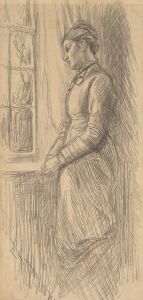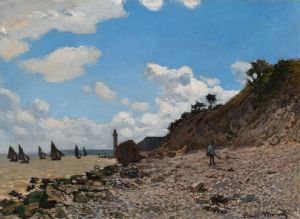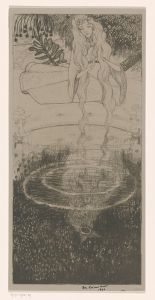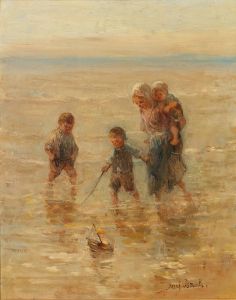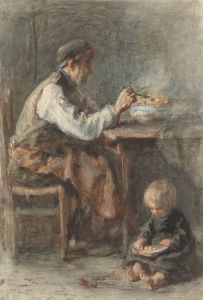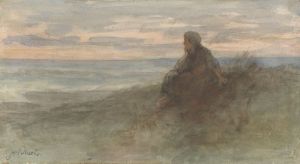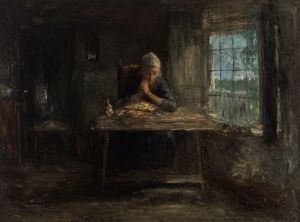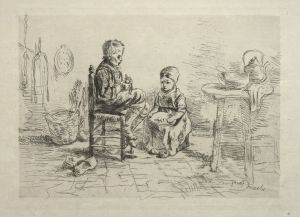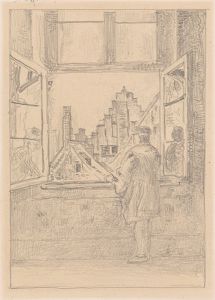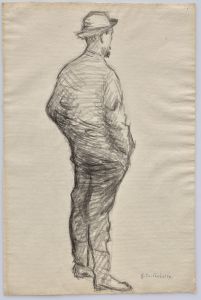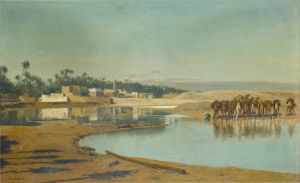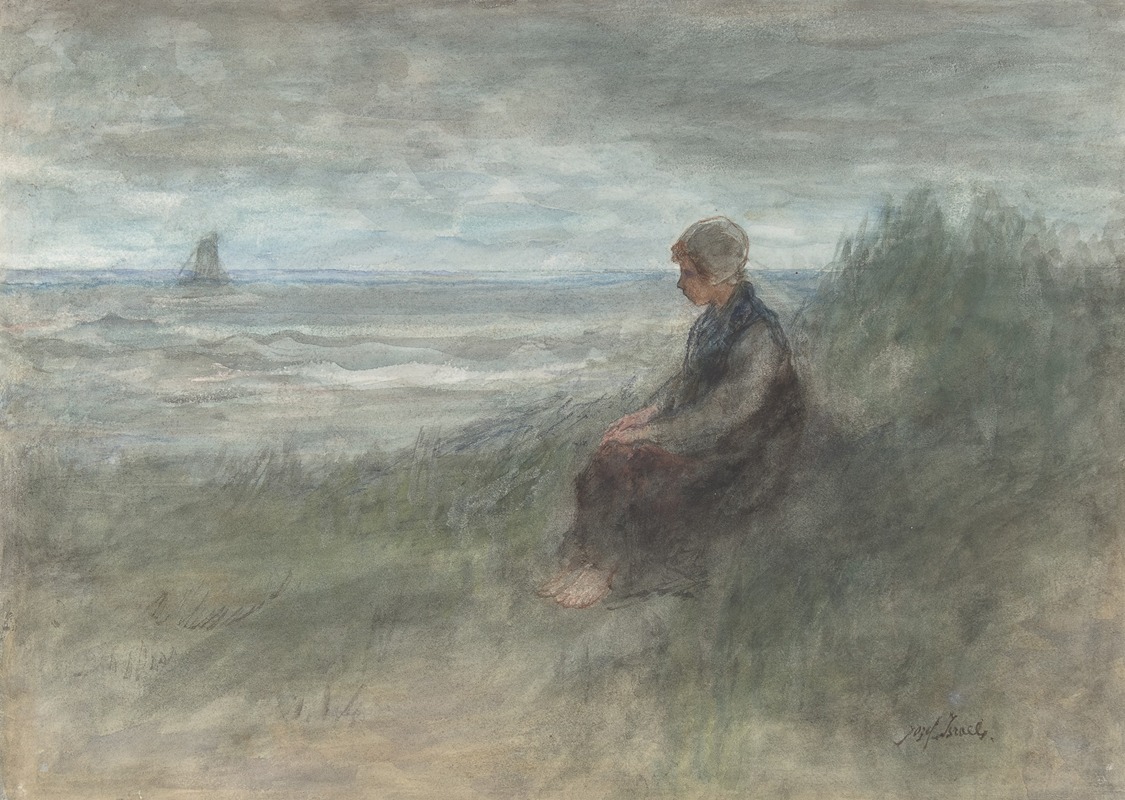
Girl in the dunes
A hand-painted replica of Jozef Israëls’s masterpiece Girl in the dunes, meticulously crafted by professional artists to capture the true essence of the original. Each piece is created with museum-quality canvas and rare mineral pigments, carefully painted by experienced artists with delicate brushstrokes and rich, layered colors to perfectly recreate the texture of the original artwork. Unlike machine-printed reproductions, this hand-painted version brings the painting to life, infused with the artist’s emotions and skill in every stroke. Whether for personal collection or home decoration, it instantly elevates the artistic atmosphere of any space.
Jozef Israëls, a prominent Dutch painter of the 19th century, is known for his poignant and evocative depictions of rural and coastal life. One of his notable works is "Girl in the Dunes," which exemplifies his ability to capture the simplicity and emotional depth of everyday scenes. Israëls was a leading figure in the Hague School, a group of artists who were influenced by the realist movement and often depicted the Dutch landscape and its inhabitants with a somber and realistic approach.
"Girl in the Dunes" portrays a young girl seated amidst the sandy dunes, a common feature of the Dutch coastline. The painting reflects Israëls' mastery in using light and shadow to create mood and atmosphere. The girl's contemplative expression and the subdued color palette convey a sense of introspection and tranquility. Israëls often focused on themes of solitude and the human connection to nature, and this painting is a testament to his skill in rendering such themes with sensitivity and depth.
The setting of the dunes is significant, as it reflects the artist's interest in the natural environment and its impact on the human spirit. The Dutch dunes, with their unique landscape and ever-changing light, provided a rich source of inspiration for Israëls and his contemporaries. In "Girl in the Dunes," the expansive sky and the rolling sands create a sense of openness and freedom, contrasting with the introspective mood of the figure.
Israëls' technique in this painting is characterized by loose brushwork and a muted color scheme, which are hallmarks of the Hague School. This approach allows for a more expressive and emotional portrayal, focusing on the essence of the scene rather than intricate details. The use of earth tones and soft lighting enhances the serene and contemplative atmosphere, drawing the viewer into the quiet world of the young girl.
Throughout his career, Jozef Israëls was celebrated for his ability to depict the dignity and resilience of ordinary people. His works often highlighted the struggles and joys of rural life, earning him the nickname "the Dutch Millet," in reference to the French painter Jean-François Millet, who similarly portrayed peasant life with empathy and realism. "Girl in the Dunes" is a fine example of Israëls' commitment to capturing the beauty and complexity of human experience within the natural world.
Israëls' influence extended beyond his lifetime, impacting future generations of artists who admired his dedication to realism and his empathetic portrayal of his subjects. Today, "Girl in the Dunes" continues to be appreciated for its artistic merit and its reflection of the themes that were central to Israëls' work. The painting remains a significant piece within the broader context of 19th-century Dutch art, illustrating the enduring appeal of Israëls' vision and his contribution to the cultural heritage of the Netherlands.





